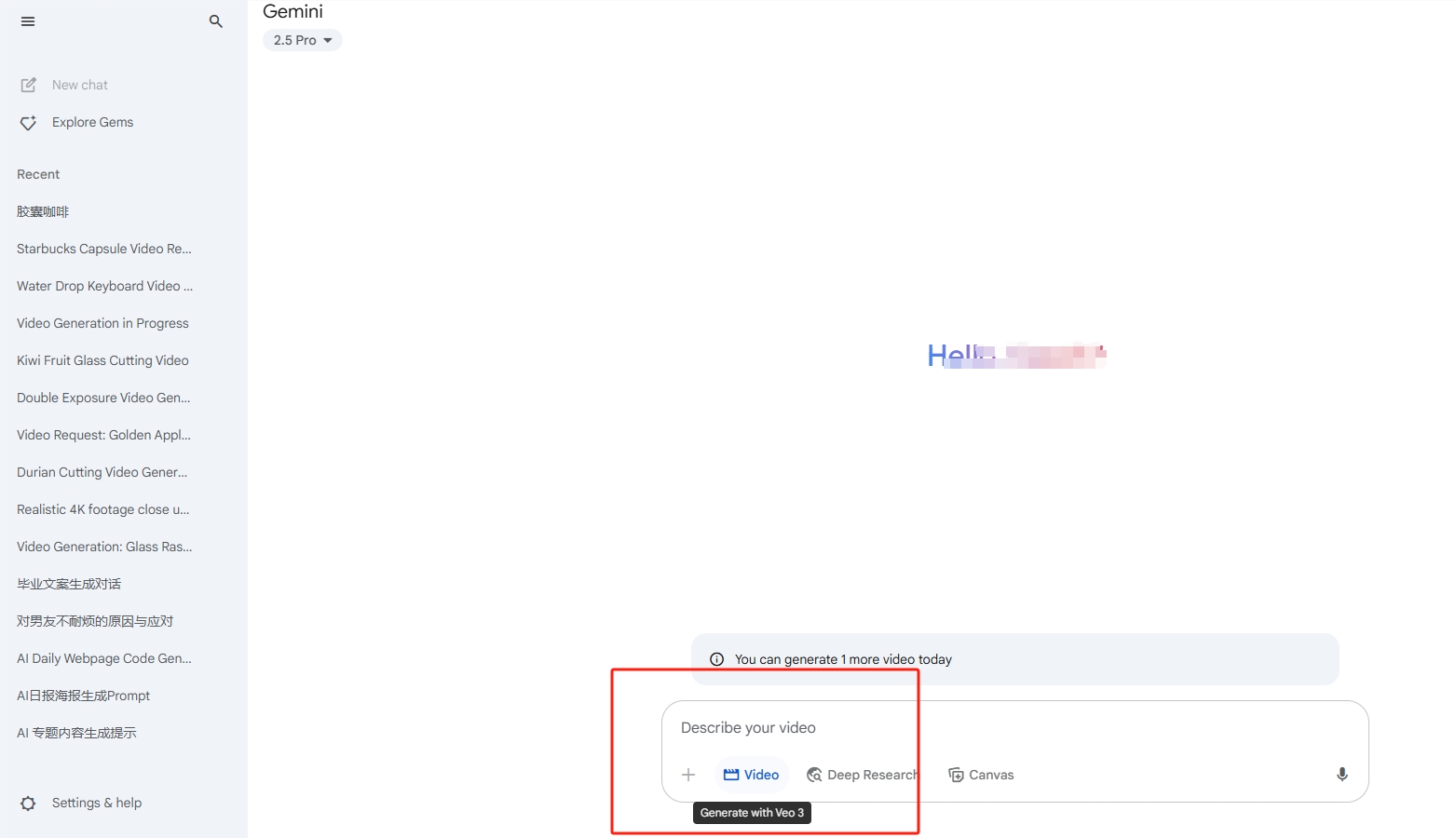Recently, Shanghai's AI unicorn company MiniMax officially launched the world's first open-source large-scale hybrid architecture inference model - MiniMax-M1. Upon its release, the model quickly ranked among authoritative evaluation lists, becoming the second best open-source model globally, trailing only the recently released DeepSeek-R1-0528. This milestone achievement led MiniMax's founder and CEO Yan Junjie to express on social media: "For the first time, I felt that the mountain is not impossible to overcome."
The launch of MiniMax-M1 has not only attracted widespread attention but also demonstrated outstanding technical details. The model shows significant advantages in long-text processing and tool calling, supporting an input context capacity of up to 1 million tokens, sufficient to process the entire English original version of "The Three-Body Problem" in one go. This performance is eight times that of DeepSeek's similar models and can even rival Google's latest closed-source model Gemini 2.5 Pro.

What is even more astonishing is that MiniMax invested only $535,000 in research and development during the reinforcement learning phase, far less than the millions typically spent in the industry, demonstrating its exceptional R&D efficiency and productization capabilities. Within just four workdays after the release of M1, MiniMax launched several innovative products, including the video generation model Hailuo02, the general-purpose intelligent agent MiniMax Agent, the video creation intelligent agent Hailuo Video Agent, and the voice design tool Voice Design, maintaining a remarkable "daily update" rhythm.
As an AI company based in Xuhui, Shanghai, MiniMax had already begun to focus on the field of general artificial intelligence (AGI) before the global popularity of ChatGPT at the end of 2022, and decisively abandoned the then-popular dense architecture of large models and traditional attention mechanisms. Faced with the general retrenchment of global large model development companies, MiniMax firmly adhered to its strategic choice of basic model research and development, ultimately achieving this technological breakthrough.
In short, the release of MiniMax-M1 is not only a major step forward in technology but also a powerful push for the future of the industry, possibly redefining the direction of open-source AI model development.









